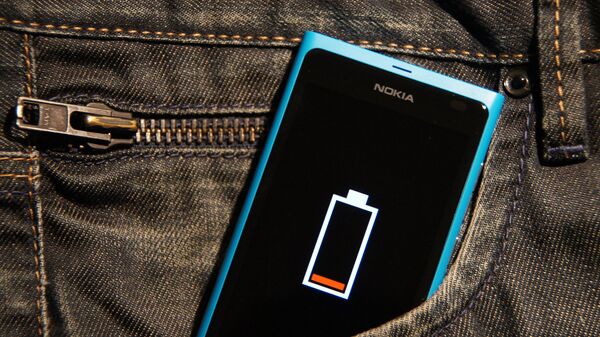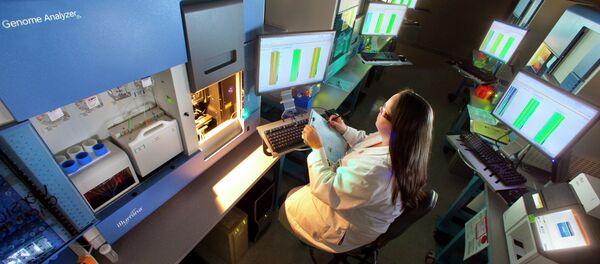The system, called 'power over Wi-Fi' or PoWiFi for short, works by modifying the router to continuously transmit radio frequency [RF] signals, by injecting extra power traffic onto a number of the router's Wi-Fi channels.
A "harvester" placed at distances of 17 to 28 feet [5.18 to 8.5 meters] is able to convert the RF signals into DC power. After being converted by a rectifier, the power is fed into a DC-DC converter which increases the voltage to match the requirement of the electronic device.
The team, based at the Sensor Systems Lab at the University of Washington in Seattle, used the technology to power a temperature sensor at a distance of up to 28 feet [8.5 meters], and a low-power camera at up to 23 feet [7 meters].
The scientists say they hope the technology will provide a boost to the 'Internet-Of-Things' concept, in which small computing sensors and mobile devices are installed in everyday objects. This advanced connectivity, in which machines exchange data with each other, requires more numerous and convenient sources of power.
"A key issue is how to power these devices as they become smaller and more numerous; plugging them in to provide power is inconvenient and is difficult at large scale," write the researchers in their paper, called 'Powering the Next Billion Devices with Wi-Fi.'
"Starting in the late 19th century, Nikola Tesla dreamed of eliminating wires for both power and communication. As of the early 21st century, wireless communication is extremely well established—billions of people rely on it every day. Wireless power, however, has not been as successful."
"We show that a ubiquitous piece of wireless communication infrastructure, the Wi-Fi router, can provide far field wireless power without compromising the network’s communication performance."



